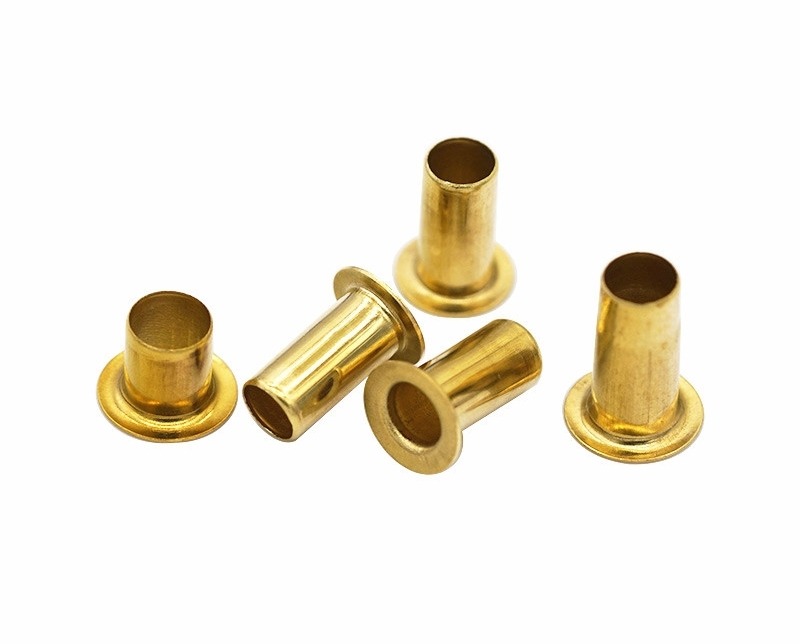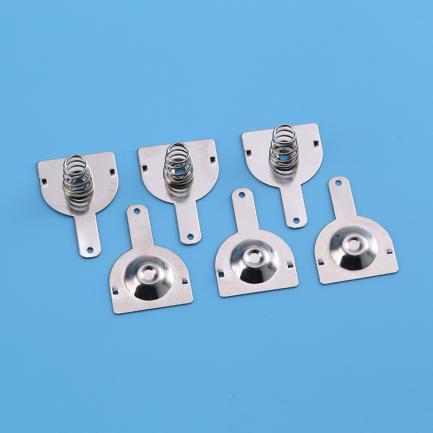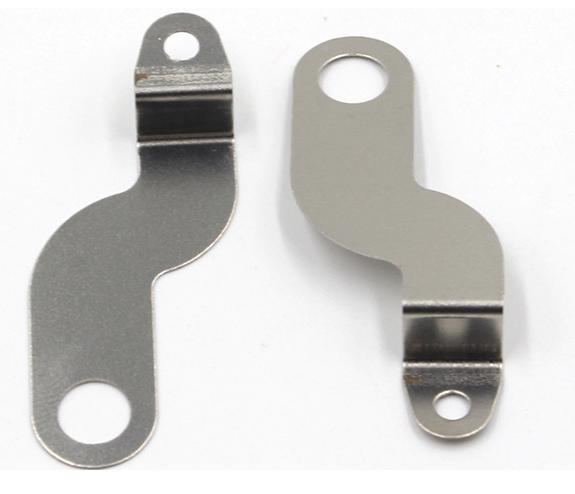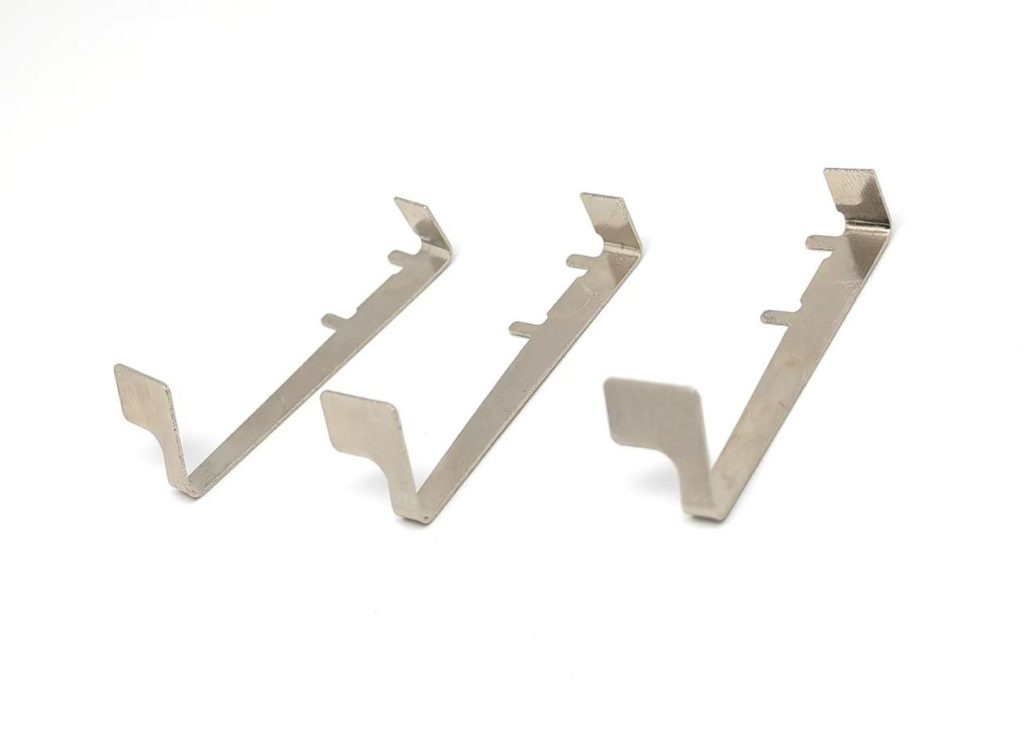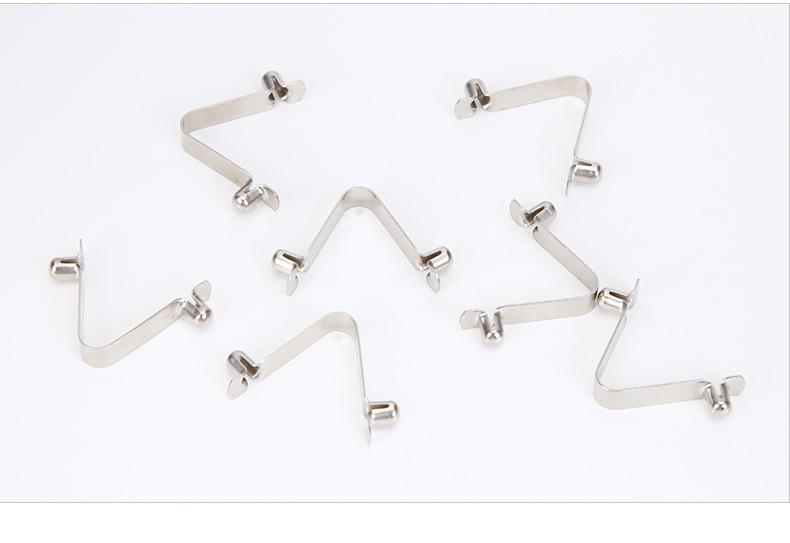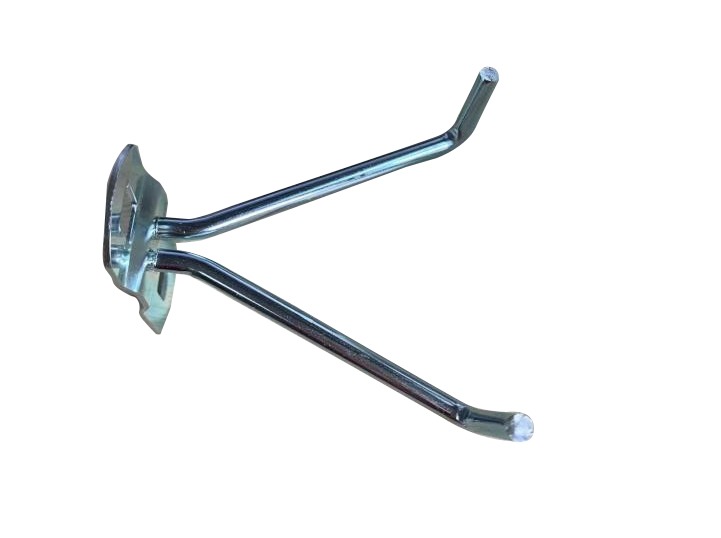4 Key Points About Tolerance Of Stamping Parts
Tolerance is an essential aspect of the design and manufacture of stamping parts . Tolerance refers to the allowable variation in the dimensions, properties, and characteristics of the parts, and it can have a significant impact on the function and fit of the parts in the assembly or the design. Today, we will explore how tolerance affects the function and fit of stamping parts, and how to manage tolerance in the design and manufacturing process. We will also discuss the importance of choosing an experienced stamping parts manufacturer for customized stamping parts.
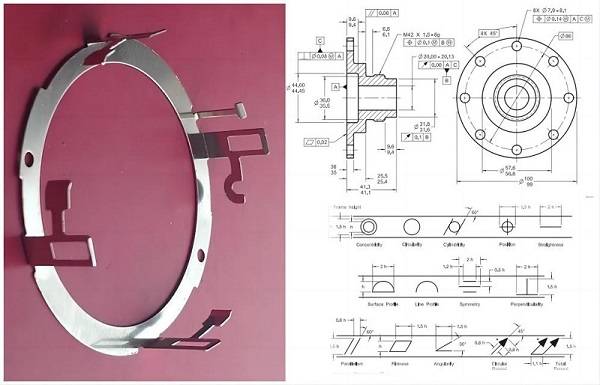
Types of Stamping Parts Tolerance
There are three main types of tolerance that are used in stamping parts: clearance, interference, and transition. Clearance tolerance refers to the maximum gap or distance allowed between the mating parts or features, and it ensures that the parts can move or rotate freely without rubbing or binding. Interference tolerance refers to the minimum overlap or interference allowed between the mating parts or features, and it ensures that the parts can be assembled or locked tightly without looseness or play. Transition tolerance refers to the gradual change in the size or shape of the parts or features, and it allows for smooth and consistent transitions between different sections or components of the parts.
Factors that Influence Tolerance Of Stamping Parts
Several factors can influence the tolerance of stamping parts, including the stamping process, the materials used, the design of the parts and features, the environmental conditions, and the assembly or the design requirements. The stamping process, for example, can introduce variations in the dimensions, shape, and properties of the parts, depending on the tooling, the press machine, the lubrication, the temperature, and other factors. The materials used can also affect the tolerance, as different materials have different properties, such as hardness, ductility, and thermal expansion, that can affect the accuracy and consistency of the stamping process. The design of the parts and features can also influence the tolerance, as some shapes and configurations may be more difficult or expensive to manufacture with high precision. The environmental conditions, such as temperature, humidity, and vibration, can also affect the tolerance, as they can cause the parts to expand, contract, or deform over time. Finally, the assembly or the design requirements can also influence the tolerance, as different applications may require different levels of precision and fit.

Impact of Tolerance on Function and Fit of Stamping Parts
The tolerance of stamping parts can have a significant impact on the function and fit of the parts in the assembly or the design. The function refers to the purpose or the intended use of the parts, such as transmitting motion, carrying load, sealing fluid, or conducting electricity. The fit refers to the relationship between the mating parts or features, and it determines how well the parts can perform their function and how stable and secure the assembly or the design is. The tolerance can affect the function and fit in several ways, depending on the type and magnitude of the tolerance and the requirements of the assembly or the design. For example, if the parts need to be aligned precisely or have a precise orientation, a tight fit with a small tolerance is preferred, as it ensures accuracy and stability. If the parts need to be inserted or removed frequently, a clearance fit with a larger tolerance is preferred, as it allows for easy assembly and disassembly. If the parts need to tolerate some misalignment or deformation, a loose fit with a moderate tolerance is preferred, as it allows for flexibility and resilience.

Tolerance Analysis and Control Used For Stamping Parts
To ensure that the tolerances of stamping parts are within the acceptable limits, various methods of tolerance analysis and control are used. Tolerance analysis refers to the process of assessing the impact of tolerance on the function and fit of the parts, as well as identifying the sources of variation and their contribution to the overall tolerance. Two common methods of tolerance analysis are worst-case analysis and statistical analysis. Worst-case analysis assumes that all sources of variation occur simultaneously in the worst possible way, leading to the largest deviation from the nominal value. This method is conservative but may result in unnecessarily tight tolerances or increased costs. Statistical analysis, on the other hand, uses probability and statistical distributions to model the variation and predict the likelihood of the parts meeting the design requirements. This method is more flexible and accurate but requires more data and expertise.
Tolerance control refers to the process of managing and reducing the variation in the manufacturing process to achieve the desired tolerances. Several methods of tolerance control are used in stamping parts, including process controls, inspection controls, and feedback controls. Process controls aim to reduce the variation by optimizing the stamping process parameters, such as the tooling, the press machine, the lubrication, and the temperature. Inspection controls aim to detect and correct the variations by using various inspection methods, such as dimensional measurement, visual inspection, and functional testing. Feedback controls aim to adjust and optimize the process based on the inspection results and the feedback from the assembly or the design.
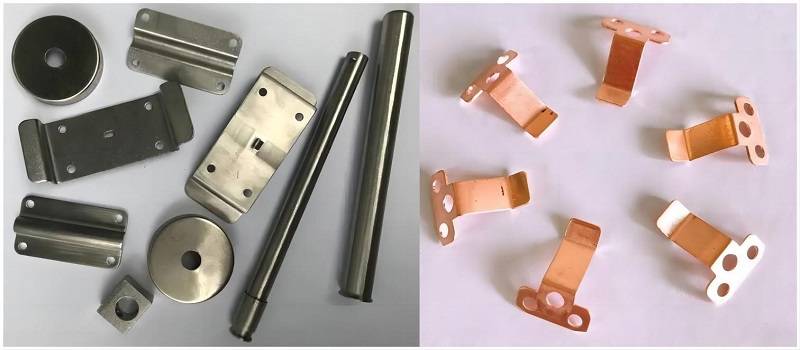
How to Choose an Experienced Stamping Parts Manufacturer
To ensure the quality and consistency of customized stamping parts, it is essential to choose an experienced and reliable stamping parts supplier. An experienced supplier can provide technical expertise, advanced equipment, and quality control measures to manage the tolerance and meet the design requirements. When choosing a supplier, several factors should be considered, such as the supplier’s experience and reputation, their capabilities and facilities, their quality control and certification, their pricing and lead times, and their customer service and support.

Conclusion
In conclusion, tolerance is a critical factor in the design and manufacture of stamping parts, as it can affect the function and fit of the parts in the assembly or the design. Understanding the types and factors that influence tolerance, as well as using tolerance analysis and control methods, can help manage the variation and ensure the desired tolerances are achieved. Additionally, choosing an experienced stamping parts supplier for customized stamping parts can provide quality assurance and technical support. By paying attention to tolerance and working with a reliable supplier, stamping parts can meet the design requirements, perform their function, and ensure the success of the assembly or the design.

